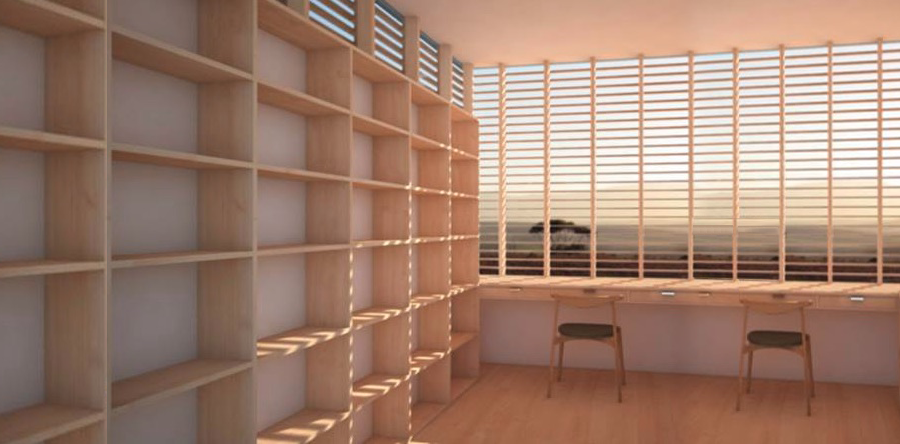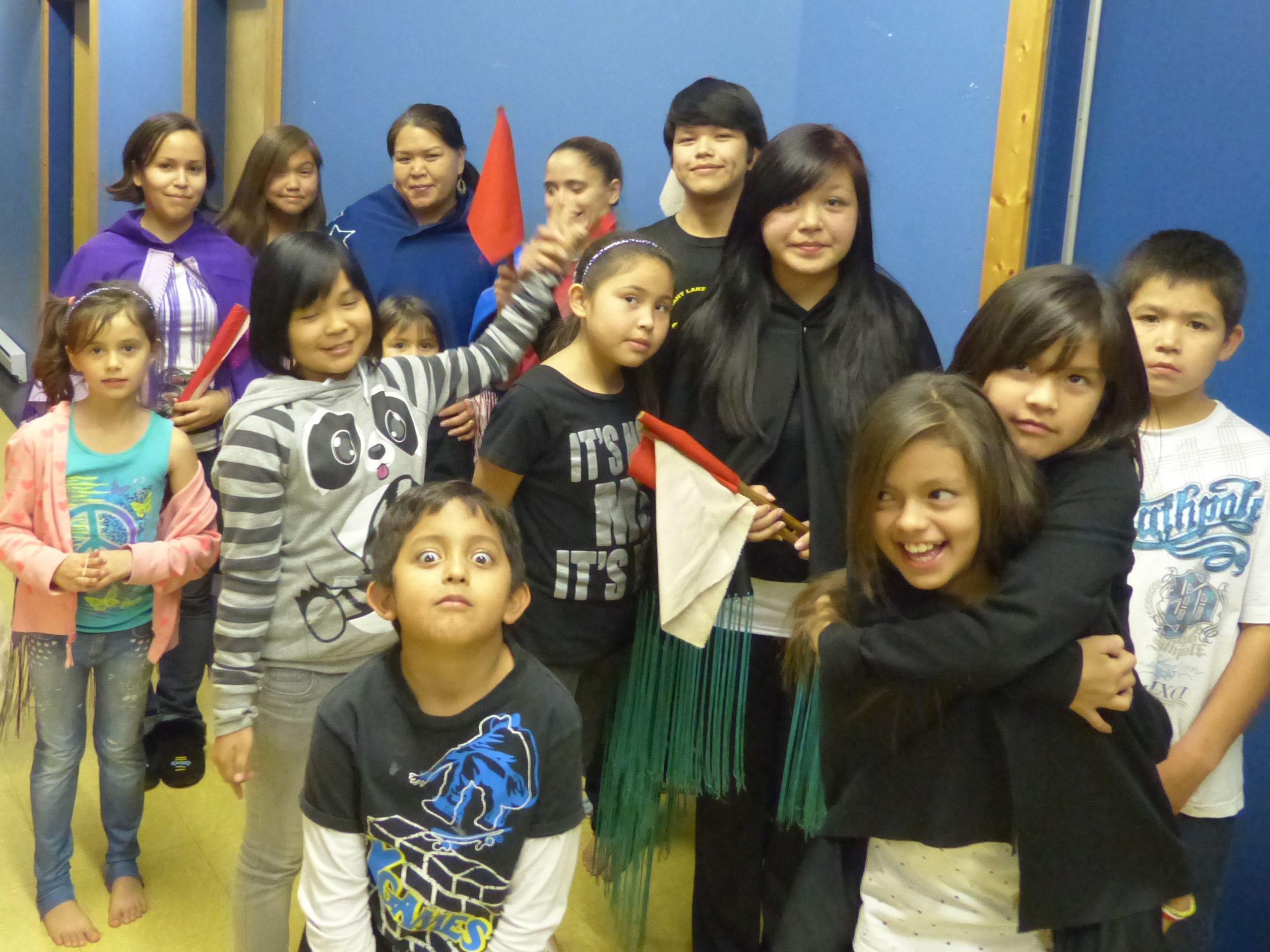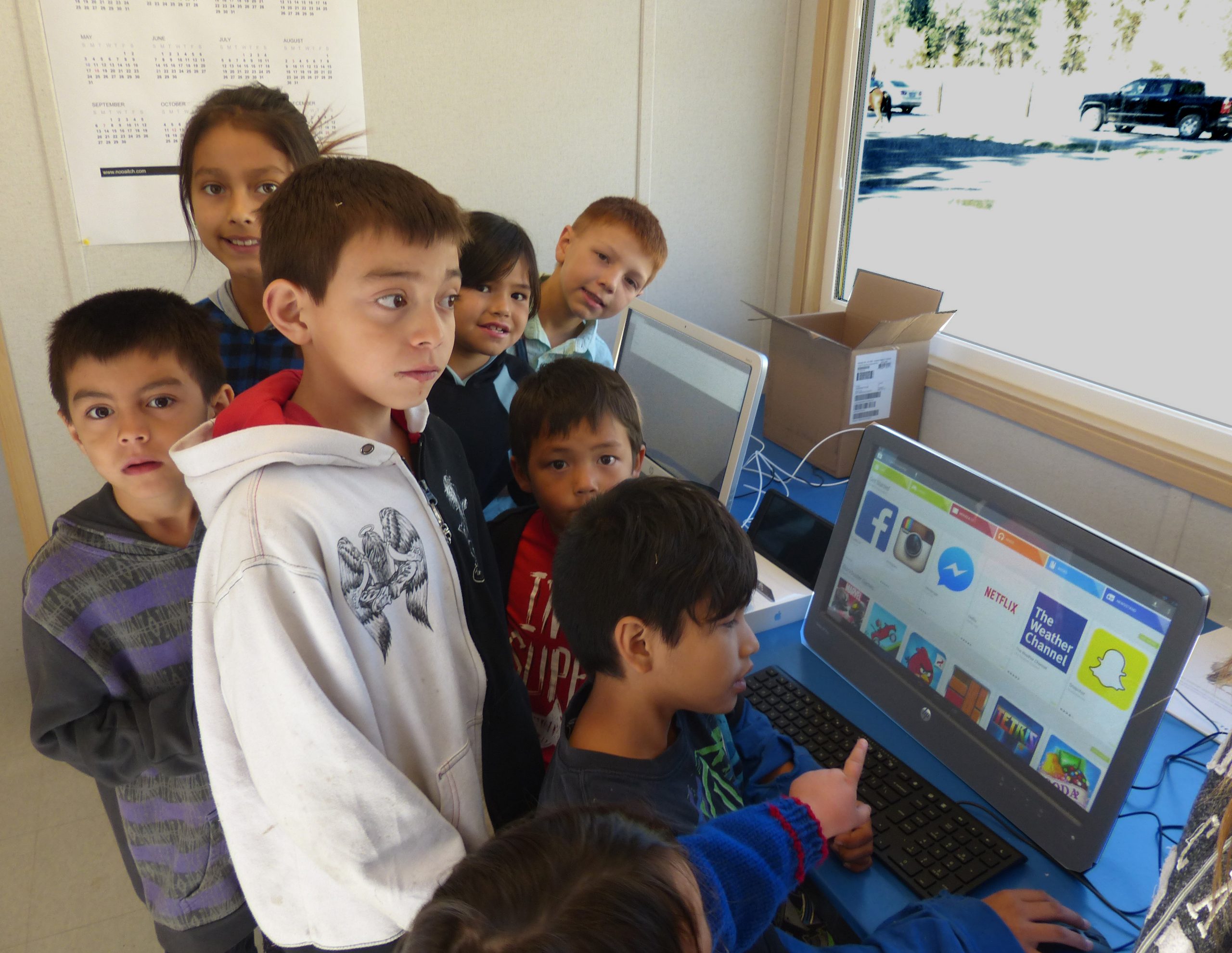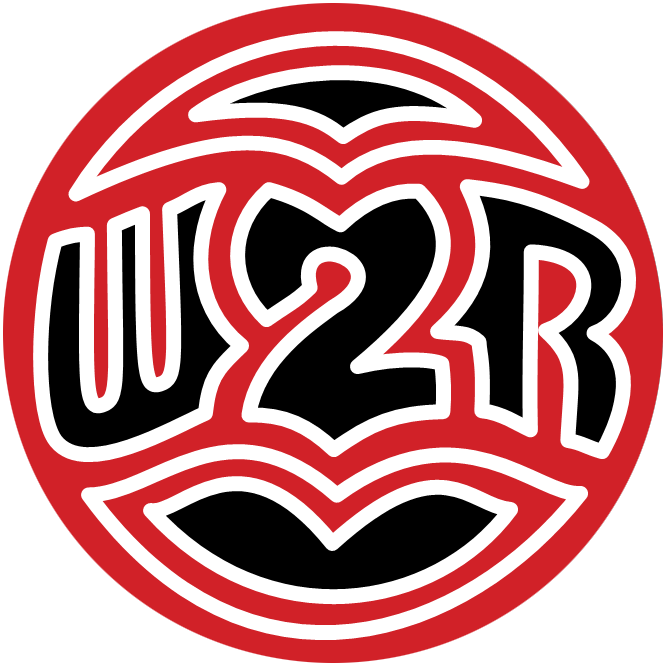The Write to Read BC project is a partnership between Indigenous communities, Rotary Clubs, suppliers and volunteers. Each of them contributes their respective strengths, be that leadership, the supply of books, furniture or computers, the design of spaces, or assessment of progress and impact.
Our goal is to install a library in every First Nation community in BC, and to inspire other provinces to replicate our model.
— Write to Read BC
This partnership brings together people who want to support Indigenous-led education and increase literacy in isolated, under-served Indigenous communities. We partner to provide funding, books, computers, furniture, and focused learning spaces there. Secondly, our collaboration creates relationships between Indigenous and non-Indigenous communities. Additionally, it builds on a foundation of honesty, trust, and respect in the larger pursuit of social justice.

More about Write to Read BC
- Write to Read BC as a partner.
- How we work.
- From libraries to learning centres to community centres.
- Write to Read BC in context.
- Land acknowledgement.
Write to Read BC as a partner
When Write to Read BC works with Indigenous communities in isolated or under-served areas, we mainly want to provide a nearby library—one that gets used. For this reason, we apply a community-led model and mindset. Write to Read BC brings together Indigenous and non-Indigenous citizens. Undeniably, this breaks down social barriers, builds bridges across cultures, and re-establishes positive relationships. Additionally, improved literacy supports higher education and social services, and improves employment opportunities. It is a solid example of reconciliation between Indigenous and non-Indigenous people.
Write to Read BC has worked with literacy focused Rotary Clubs and other partners to secure learning materials for all ages. The focus is to enable local Indigenous educators to offer books, computers, and tablets, as well as high-speed Internet connections for online learning. Generally, we want to do this in a dedicated space that’s useful for all ages, from youth to Elders. The inclusion of culturally relevant programs, books and online material by and about Indigenous people and culture is essential.
How we work to fund libraries
Aside from Rotary Club members, we’re also joined by trained professionals who help install these libraries. This includes people from the building trades, public safety, architecture, early childhood education, librarianship, engineering, web design, and tech support. Using a community-led method, they respond to the needs expressed by Indigenous Elders, educators, and residents.
Write to Read BC provides these teams of specialists:
- Firstly, the design response team, when invited, travels to the community, and listens. Together with the community, the team develops a conceptual design for a library, optionally with a learning centre that can offer remote attendance to online courses and conferences.
- Next, the construction response team transforms the concept into a costed plan. This team also ensures the community knows what’s planned. Additionally, they project-manage and coordinate the fundraisers and other organisations and businesses who volunteer resources and labour, and who install the library.
- Finally, the library response team gathers books, checks and sorts them for appropriate titles, and then processes and catalogues them. With those books, this team travels to the new library. On site, they organize and shelve the books, the furniture, and—if the library has a learning centre—the technology. The team collaborates with local Indigenous volunteers who will take on the operation of the library.
Donations and volunteers make it work
Each library costs up to $50,000 depending on how isolated the community is and the design that works best for the community. To date, most materials have been donated in-kind and all work done by volunteers.
From libraries to learning centres to community centres
The first dozen Write to Read BC libraries made use of portable buildings, about 3 m × 13 m, donated by Britco Structures (now Boxx Modular). These buildings were trucked or barged to communities in the interior or coast.
The evolution from libraries to learning centres began in Nooaitch, near Merritt BC. Nooaitch Band members asked for video conferencing capability. Obviously, their vision of what a library is went beyond books. As a result, Write to Read BC now designs learning centres with fibre-optic wiring, where possible. This allows for long-distance learning and tele-conferencing. Teens and adults can use learning centres to gain certificates in specific skills and trades.
And Write to Read BC’s projects can involve more than just a library. In Kyuquot, Write to Read BC installed a library with a learning centre in a community centre that also has a gym, meeting rooms, and a kitchen. Community involvement went beyond helping to raise funds. Significantly, community members milled their own logs on site, in order to gain construction skills and experience.
Write to Read BC in context
The Write to Read BC project is about supporting literacy and learning by installing and furnishing libraries with computers, shelving, a large selection of books, and other educational resources. Obviously this gives individuals and isolated Indigenous communities more choices than they had without this project.
In Canada, there are over 500 schools on First Nation reserves. Provincial schools are paid more than double for student tuition than reserve schools are paid. Over the past decade funding for on-reserve schools increased 19 per cent, while provincial school funding increased 45 per cent. 58 per cent of First Nation youth living on reserve have not completed their secondary education.

There is no funding for on-reserve school libraries, or books, or vocational training. 54 per cent of all Aboriginal children are in the care of government agencies. 90 per cent have no access to early childhood education. A recent study calculated that $70 billion would be added to Canada’s economy if Indigenous people attained the same educational levels as other Canadians. There is a simple solution to changing this crisis. It’s called literacy. In fact, nothing changes a community faster or better in the long term than access to learning.

Installing a library in an isolated community leads to immediate and profound social change. Firstly, children have a safe place to go. Secondly, literacy increases dramatically. Thirdly, the use the computer skills they learn in a wide variety of student projects. Furthermore, parents and teachers set goals and targets for children who formerly had few or none. Finally, hope for a better future becomes a tangible reality for the economically disadvantaged, instead of a dream. Next steps may include eco-tourism jobs and computer employment.
Get in touch with Write to Read BC
It’s about volunteering
For ways you can volunteer, please use this website’s contact form, so a volunteer can quickly respond.
To volunteer:
It’s about sharing information
Our co-leads are available to answer your questions. Please use this website’s contact form, so they can quickly respond.
For questions:
It’s about giving
For donations of computers, tablets, fibre optic costs, or cameras, please use this website’s contact form to inquire. No books please; we generally have far more than we can use.
Our co-leadership team
Our project leaders combine their skills and knowledge with a network of Indigenous communities and library-building experience.
Land acknowledgement
We acknowledge that our projects operate on the traditional, ancestral, and unceded territories of Indigenous peoples across BC. Through our collaborative projects, we honour their deep connections to the land and remain committed to upholding Indigenous voices, knowledge, and self-determination.
